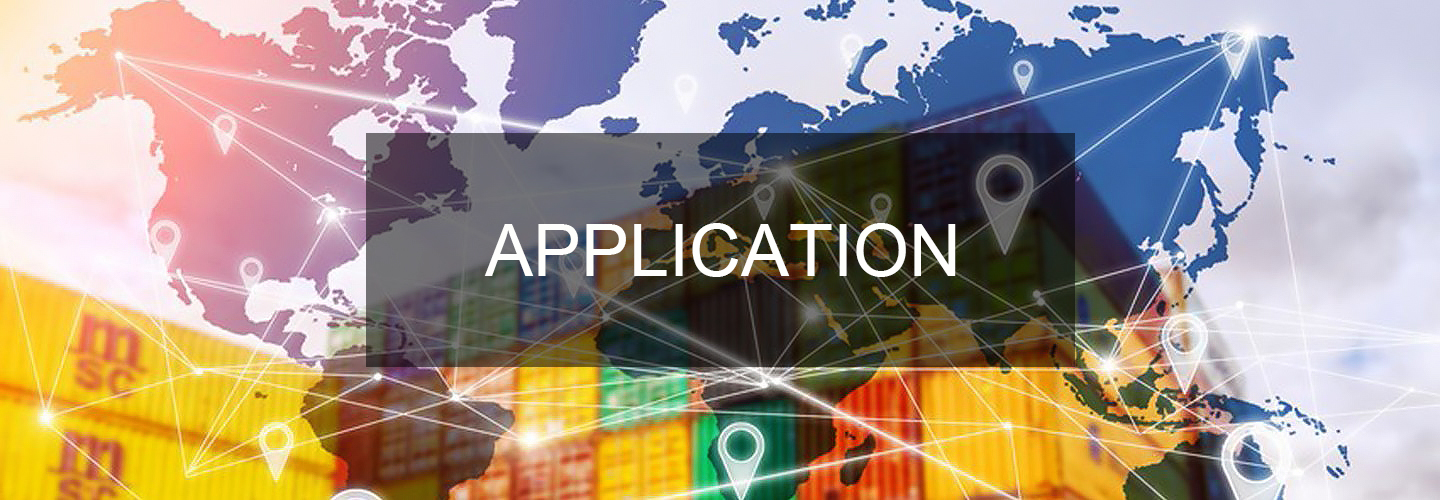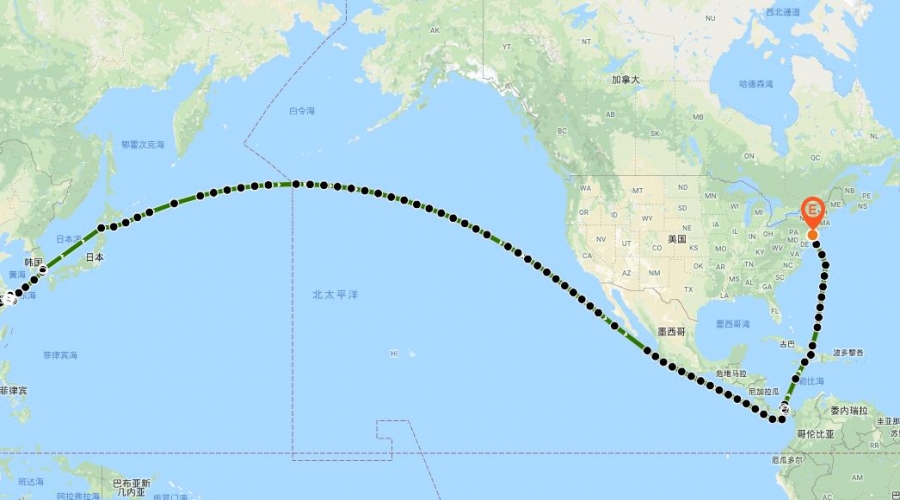Case Study of Intelligent Container Positioning Monitoring on China-US Trans-Pacific Ocean Route
Project Introduction
The shipping route is the link connecting various elements, the track that the ship runs or travels in the system, and plays a connecting role in the shipping space system. The routes of sea transportation are distributed between the oceans, which is also the advantage of sea transportation over other modes of transportation. Ocean routes are also called ocean routes. Refers to the international maritime transportation between countries or regions through one or several oceans. For example, the maritime transportation from China to the United States and some European countries is collectively referred to as ocean transportation routes.
The ocean transportation smart container project we introduced in this case is a route starting from Shanghai, China, passing through South Korea, Japan, and the Panama Canal to the east coast of the United States. This route spans the entire Pacific Ocean and is the longest and most complicated route in the world. One of the routes, because it is self-evident for cargo owners and shipping companies to know the trajectory and whereabouts of containers.
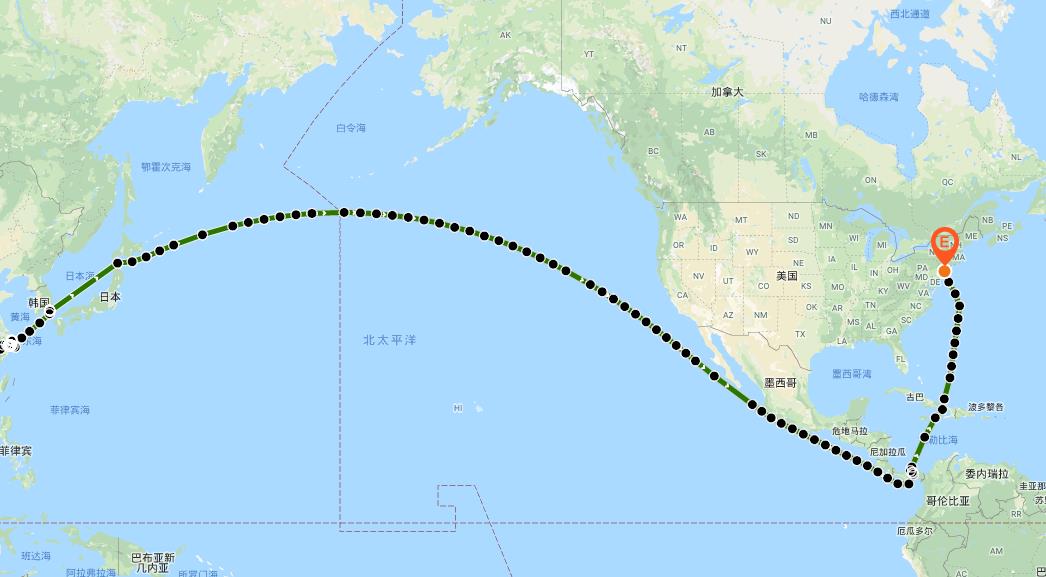
Case Features
This route requires smart container monitoring terminals to overcome the following challenges:
n The route passes through three countries with the most developed networks in the world (South Korea, Japan, and the United States). The 2G networks of these three countries have been eliminated for many years, and the frequency bands of the 4G networks are all unique to the region, and are not compatible with several 4G networks that are generally used around the world. Frequency band (global general frequency band FDD Band1/3, etc.), so it is necessary to design intelligent container monitoring terminal products for the special frequency bands of these three countries.
n Since there is no network signal along the ultra-long route from Japan to the Americas across the entire Pacific Ocean, the data generated along the route needs to be stored locally on the device, and the data along the route must be retransmitted after the device is connected to the network after arriving at the shore. The storage of a large amount of data requires the device to have sufficient data storage space, and the supplementary transmission of a large amount of data needs to take into account the timeliness of the data and the stability of the battery power supply.
Case presentation
The first stage: The container starts from Shanghai to South Korea, which takes 3 days. The 4G network coverage in Shanghai and South Korea is good, and the device uses the 4G network to transmit data.
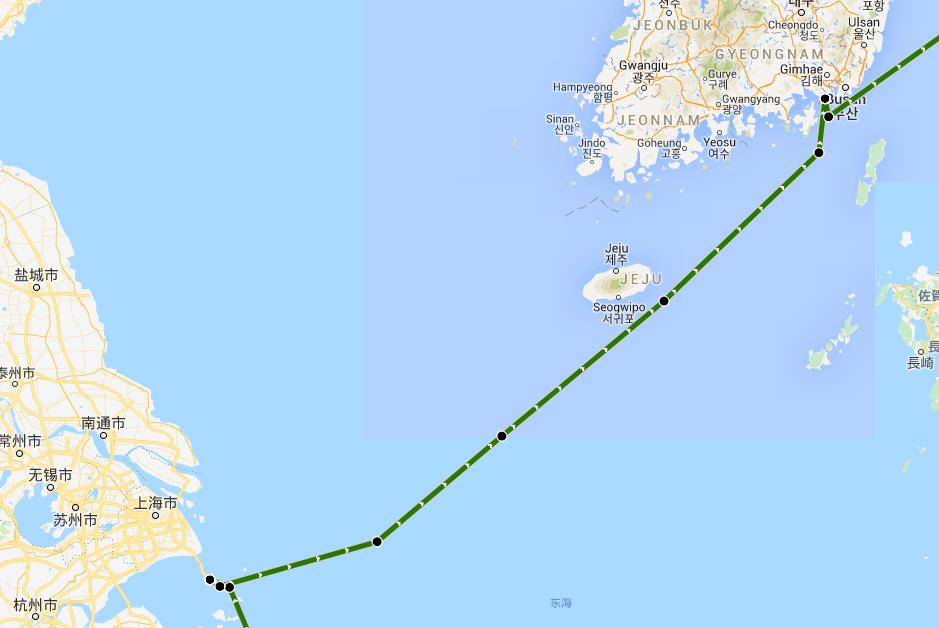
The second stage: After leaving South Korea, the smart container crosses the Sea of Japan and arrives in Japan, which takes 2 days. After the smart container arrives in Japan, it registers with the 4G network of NTT, the largest operator in Japan, and reports the location information in time.
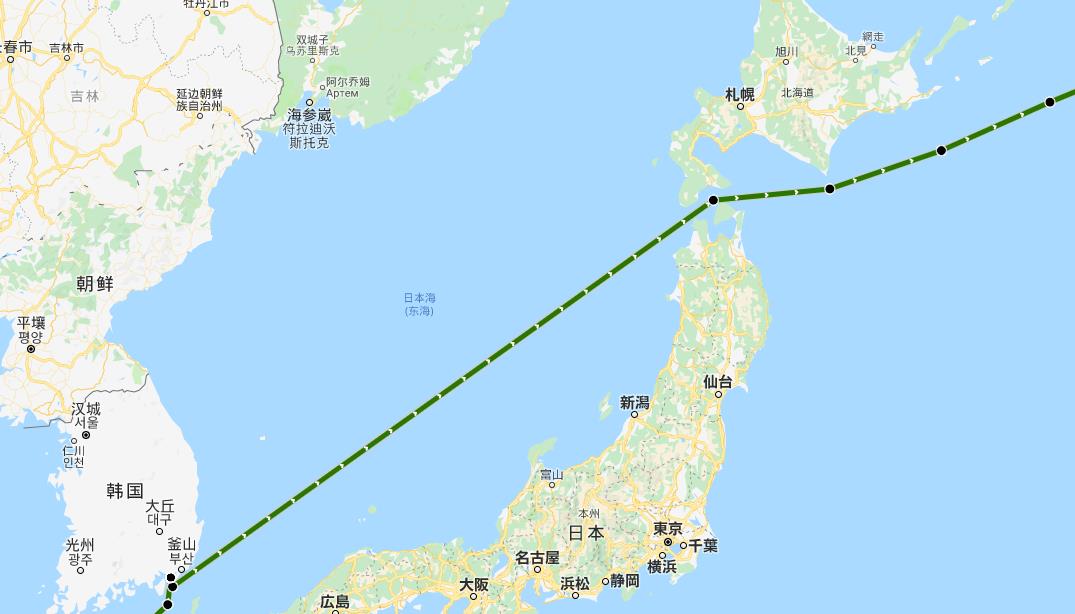
The third stage: the smart container starts a trans-Pacific route for more than 10 days, without any network in the middle, so the data is saved locally. After the smart container reaches Mexico, it will report the data along the way with the help of the weak 2G network of Central American countries.
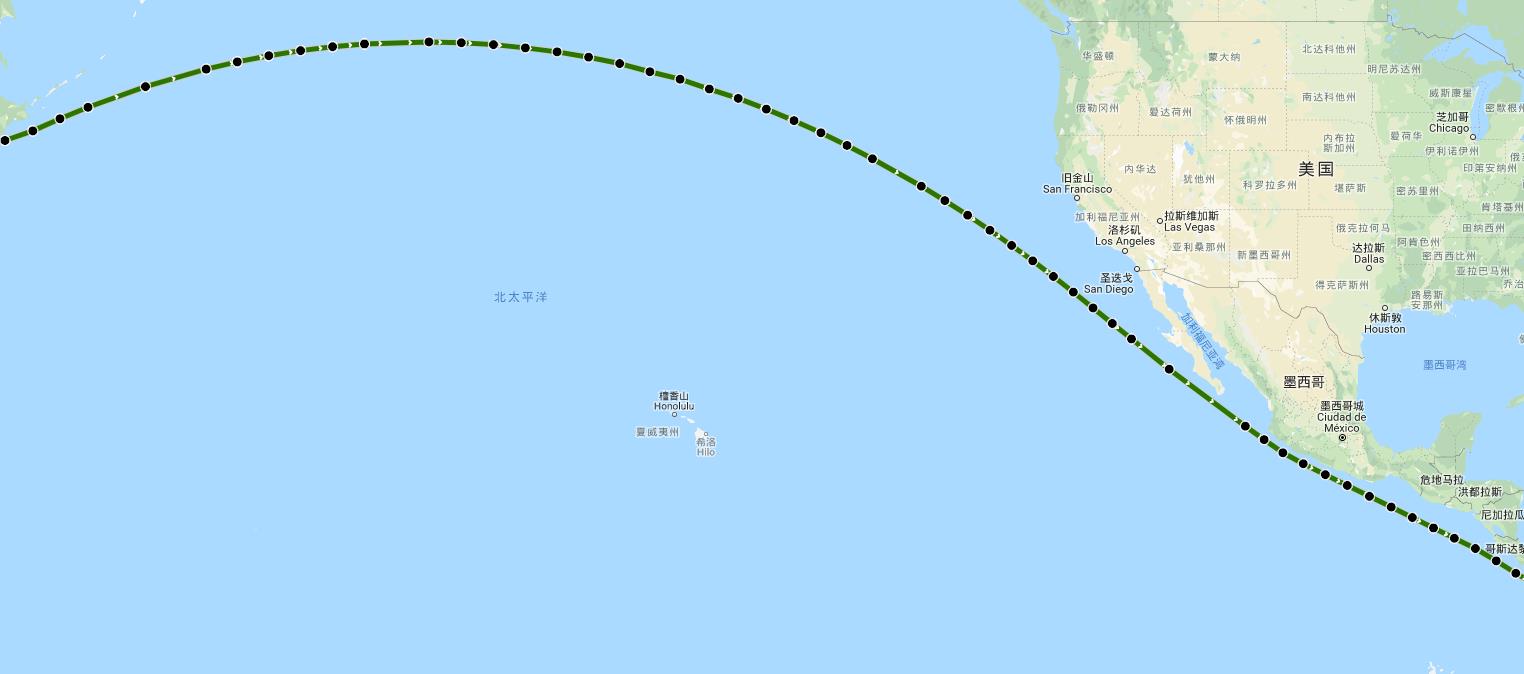
The fourth stage: the smart container passes through the Panama Canal, passes through the Caribbean countries with better 3G network coverage along the way, uses the 3G network to report the data in the middle, and sends the goods to the United States after leaving the Caribbean Sea, and switches the equipment to the 4G network connection for work.
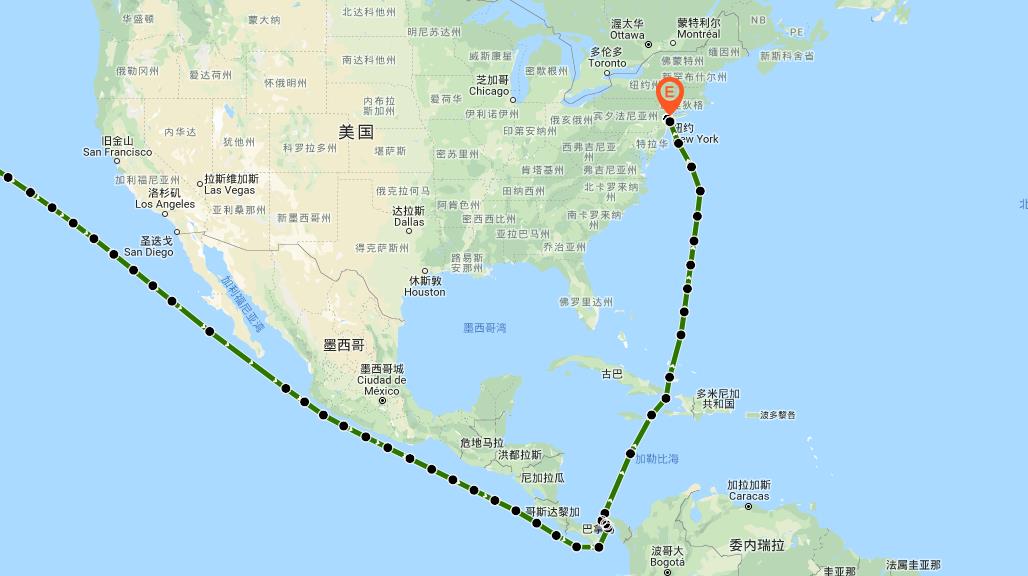
The entire route lasted 24 days, passing through developed countries such as South Korea and Japan along the way, and then passing through the Caribbean island countries with backward networks. The intelligent container monitoring terminal selects the most suitable network reporting data according to the network coverage along the route, ensuring that the container owners and cargo owners can grasp the data in the first time The port and country where the container arrived, and the status of the goods in the container.
About iLinkCon Technology
Shenzhen iLinkCon Technology Co., Ltd. is a high-tech company focusing on the R&D and service of IoT products in the field of smart containers. We are committed to improving the efficiency of the container transportation industry and improving the service level of the industry. Through continuous efforts and innovation in recent years, we have accumulated core technologies for container intelligent management (global roaming network, special sensors for container monitoring, container monitoring energy systems, etc.), and we will Make continuous efforts to lead the development of the smart container IoT industry.
